History and Tradition: Read about the museums in Chile
By: Chile Travel - 28 August, 2021
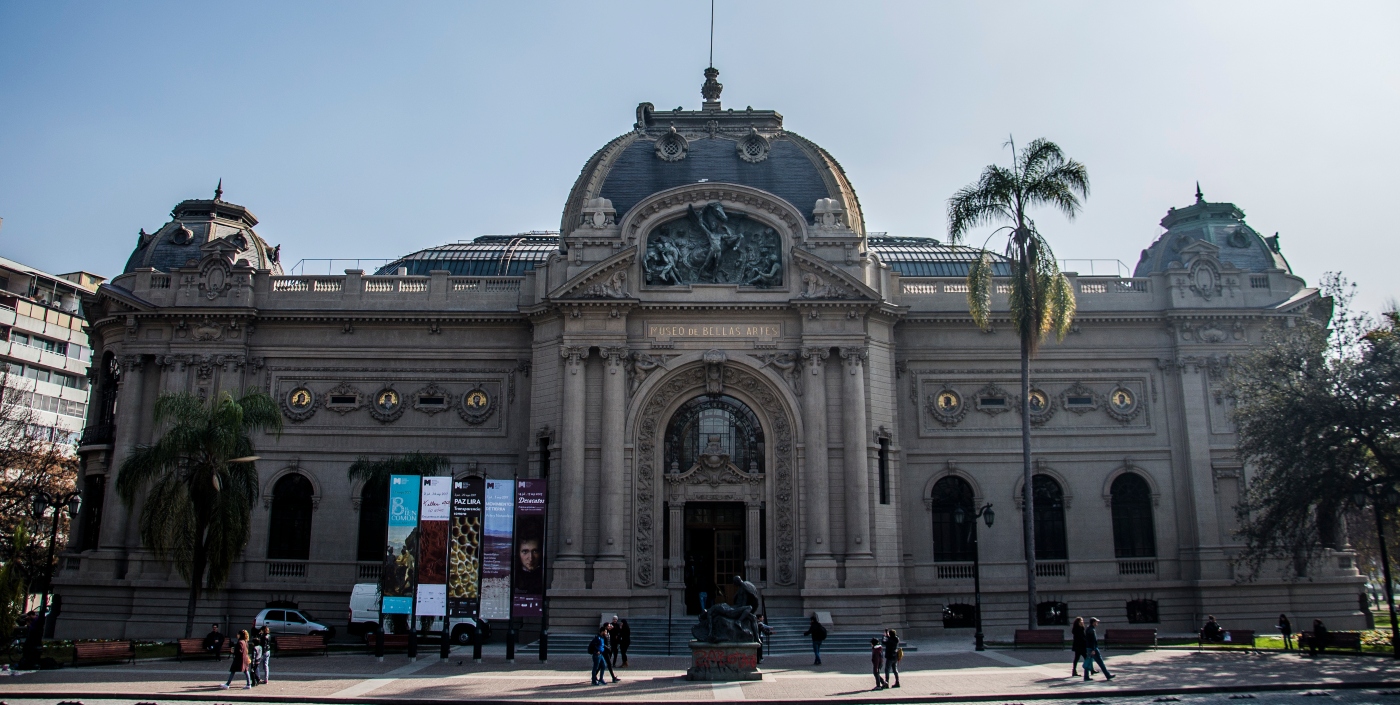
We all know that to learn about a country’s history and culture, museums offer a unique opportunity to immerse yourself in its art, culture, and memories. What’s more, the museums in Chile hold surprises you would never imagine, and we invite you to discover them for yourself.
True enclaves of treasures ranging from Mapuche archaeology and cosmovision to research centers that house the oldest mummy in the world, the museums in Chile seek to recover the country’s cultural heritage from north to south.
So, if you’re in Chile or planning to visit, we have selected the country’s must-see museums so you can start to learn more about us:
SAN MIGUEL DE AZAPA MUSEUM
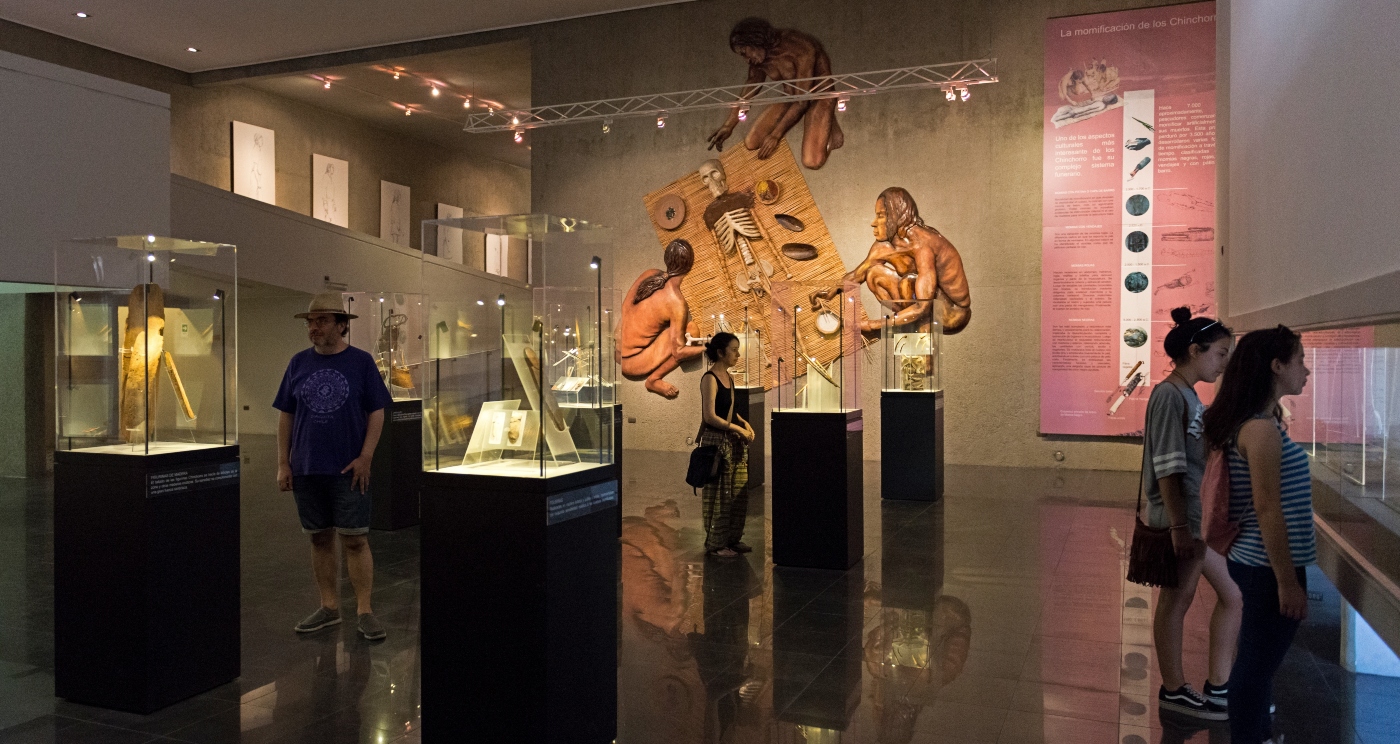
Immerse yourself in the Chinchorro culture and the oldest mummies in the world at the San Miguel de Azapa Archaeological and Anthropological Museum. Here you’ll learn about the practice of artificial mummification performed in the Atacama Desert two thousand years before the Egyptians.
You can also delve into the history of the Chinchorro culture that settled the Desert coastline 5000 years ago, and who made a living off of the coast, using shellfish remains to create their hunting spears and the oasis to grow quinoa and plants like jonquil to weave baskets and bags.
P. GUSTAVO LE PAIGE ARCHAEOLOGICAL MUSEUM
In San Pedro de Atacama, you can find this interesting archaeological museum named after its founder, a Belgian Jesuit priest who collected and studied the pieces found there today.
It has the largest collection of archaeological pieces from the Atacameño culture, the indigenous people of the Atacama desert, whose vestiges have been documented all the way back to 500 BC, and who were conquered around the beginning of the 15th century by the Inca and later by the Spaniards.
Because San Pedro was the main oasis for the Atacameño culture and the center of its cultural development, thousands of archaeological pieces have been discovered in the surrounding areas, including ceramics, stone tools, textiles, pre-Hispanic metals and even mummies.
This interesting archaeological museum is a must for visitors, as it teaches you about the most important and fascinating aspects of the history of San Pedro de Atacama and the north of Chile.
GABRIELA MISTRAL MUSEUM

With her intense, avant-garde and controversial life, Gabriela Mistral was a poet, diplomat and teacher who won the Nobel Prize in Literature in 1945 and left an indelible mark on her birthplace in Valle del Elqui.
Planted with vineyards and settled by people who for years have combined agriculture and tourism, Valle del Elqui is a required stop on your trip to the north, following the poet’s footsteps to her home and modern-day museum in Vicuña.
The museum offers both permanent and temporary exhibits, as well as a significant photographic and documentary collection with over 4 thousand historical pieces that tell us about her life and help us understand the work of one of the great Chilean and Latin American writers.
THE HOMES OF NERUDA
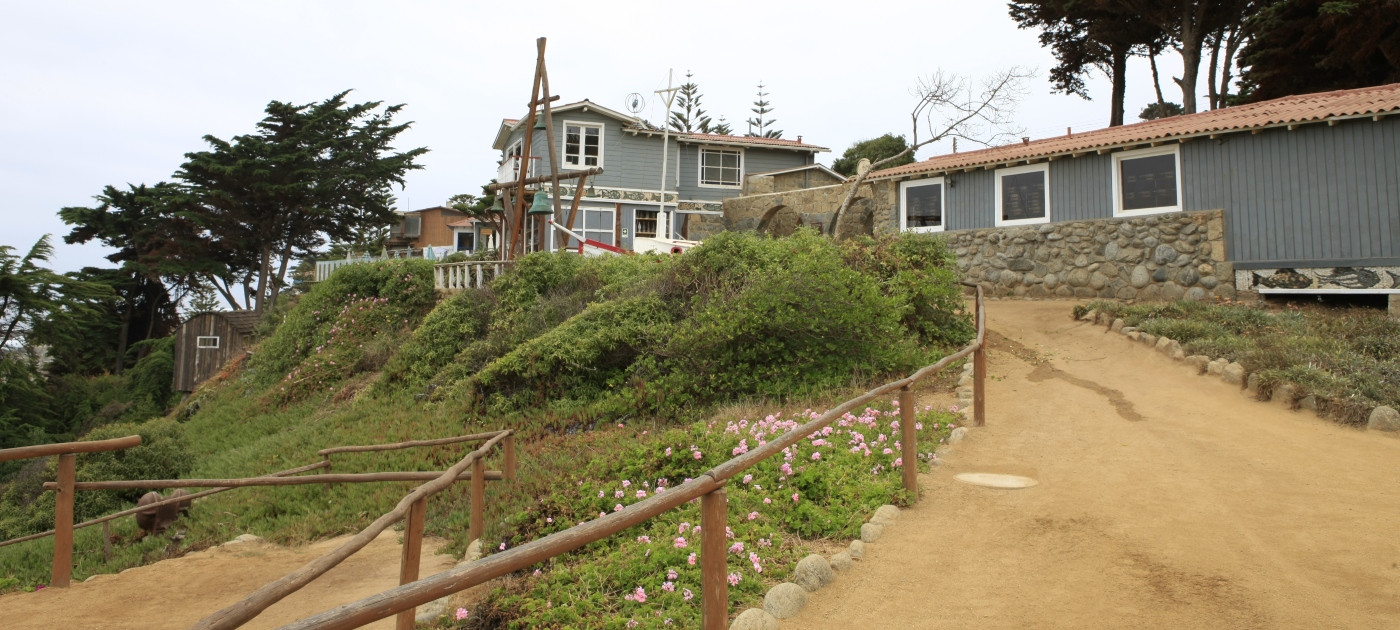
The other Nobel Prize genius, Pablo Neruda, also shows us his homes, where the poet seems to have selected each object with the same care and precision as the words in his poems.
There are three homes, all now converted into museums, left behind by the Nobel Prize winner in three places not too far from each other. They were his refuge for creating, loving, and entertaining friends for long evenings filled with good food and good conversation.
La Chascona (“disheveled” in the Quechua language), a home which he named in honor of his beloved Matilde Urrutia, can be found in the Bellavista neighborhood at the foot of Cerro San Cristóbal. The home is surrounded by trees making you forget that you’re in the middle of Santiago.
This is the headquarters of the Pablo Neruda Foundation and one of the museums that houses several of his collections, making the home a piece of art in itself.
The second home is known as “La Sebastiana.” Overlooking the Bay of Valparaíso, this home has other objects gathered by the poet, a compulsive collector of anything that caught his interest, from maps and telescopes to boat skylights and pieces of stained glass.
And the third house located in a sleepy coastal town just south of Valparaíso where Neruda was finally laid to rest, is his Isla Negra home.
Named for the dark rock formations seen from his window, Isla Negra is not an Island, but it houses Neruda’s most beloved, delicate and inspirational collections, like his ship figureheads, bottles and more bottles.
NATIONAL MUSEUM OF FINE ARTS
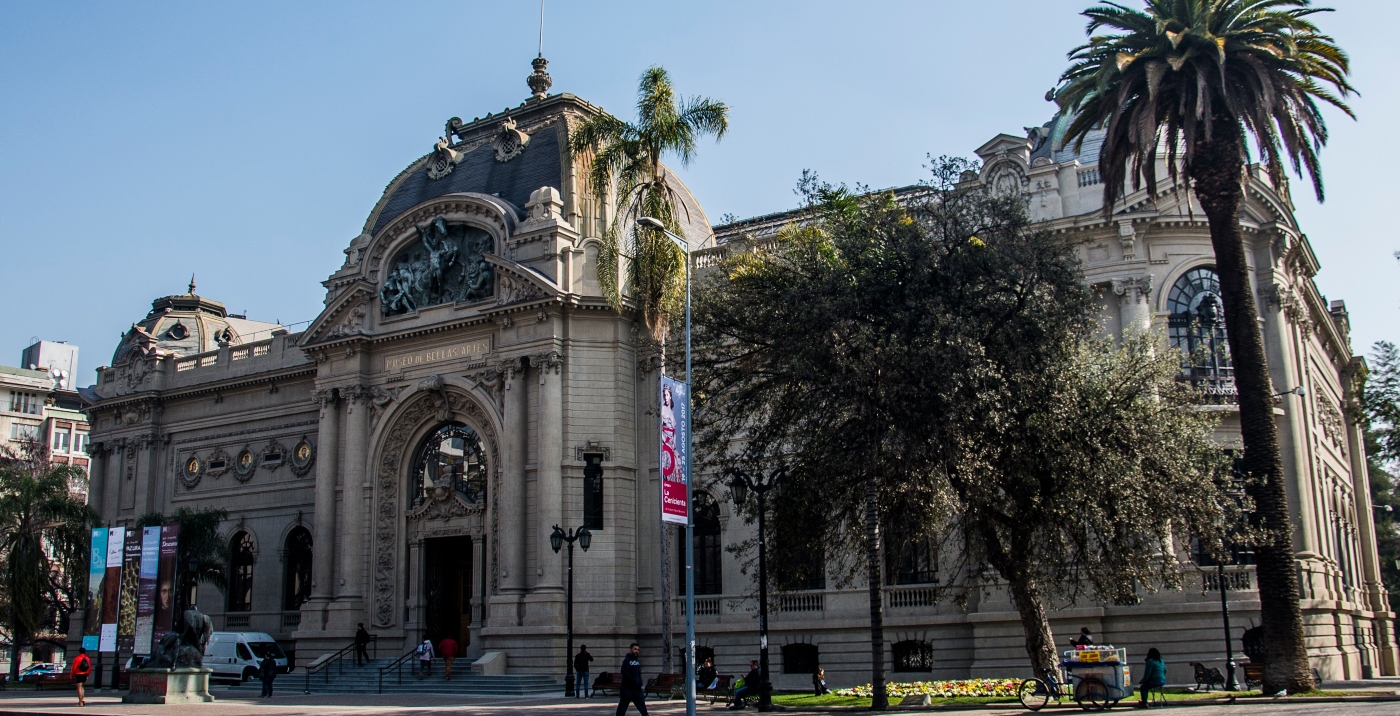
The National Museum of Fine Arts, founded in 1880, was the first art museum in Latin America and one of the main hubs for the dissemination of visual arts in Chile.
With a gorgeous neo-Classical construction and some elements of Art Nouveau from the turn of the 20th century, the building’s current design, its internal layout and the facade were inspired by the Petit Palais in Paris.
The museum, which was one of the symbols of Chile’s centennial celebration in 1910, exhibits an extensive and diverse collection of over 5,500 original pieces, including paintings, sculptures and graphics by Chilean and foreign artists.
Located in the heart of Parque Forestal in Santiago, the museum offers guided tours in Spanish, English and French.
MUSEUM OF MEMORY AND HUMAN RIGHTS
The Museum of Memory and Human Rights is a dynamic and interactive space that recovers the recent history of Chile and promotes a culture of respect for human dignity.
It is part of the emblematic projects to celebrate the country’s bicentennial in the year 2010.
Centered around the period between 1973 and 1990 in Chile, the museum calls visitors to reflect and debate on the importance of respect and tolerance, with an innovative visual and auditory proposal.
It uses objects, documents and files in different media and formats to teach visitors about the coup d’etat, the following years of repression, resistance, exile, international solidarity and defense of human rights.
With its straight line design and a large open space for cultural events and temporary exhibits, the museum is located in the attractive Yungay neighborhood in Santiago and forms part of the artistic-cultural route in this part of the city.
CHILEAN PRE-COLOMBIAN ART MUSEUM
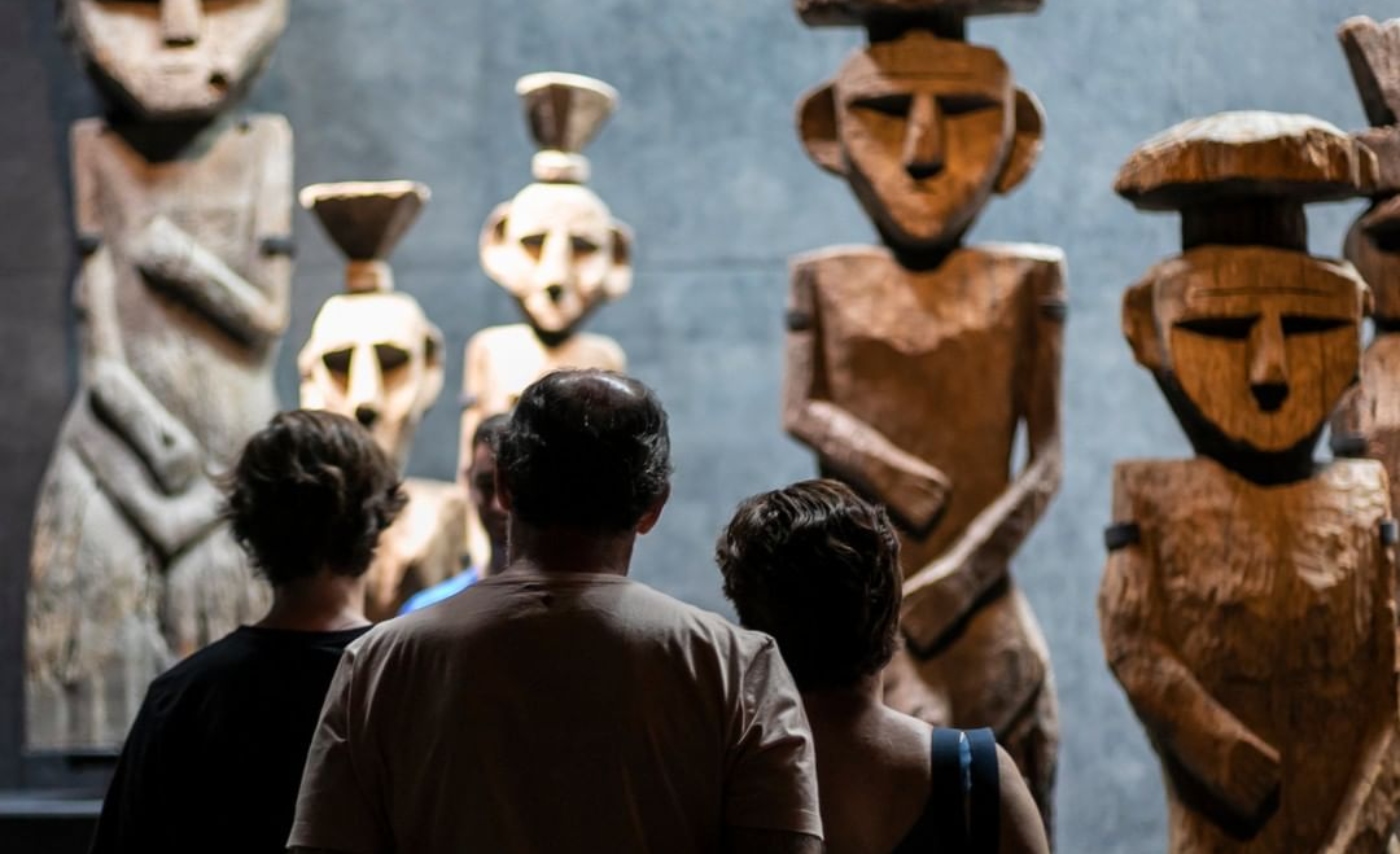
Located in downtown Santiago, along Bandera street, for many this is “the best museum in Chile,” thanks to the richness of its collections and the visual proposal offered by its original museographic concept.
Its collection is composed of over 5,000 pieces on permanent display, from a wide range of origins but all selected with careful aesthetic criteria.
Rather than following a chronological or spatial order, the exhibit presents the different cultures in each display according to common aesthetic or anthropological elements, such as Shamanism, masks or music.
COLCHAGUA MUSEUM
In the town of Santa Cruz, just 180km south of Santiago, this museum brings together one of the largest private collections in the Americas: nearly 7,000 objects related primarily to paleontology, archaeology, Chilean and world history.
Its diverse collections range from prehistorical periods to different periods in Chilean history, as well as liturgical art, weapons, and a room dedicated to automobiles.
There is also a space dedicated to the rescue of the 33 miners trapped in the San José Mine in 2010, including a replica of the Phoenix II capsule that brought the miners to the surface.
MAPUCHE MUSEUM OF PURÉN
The town of Purén, in the Araucanía Region, is located on a site of great historical significance, where the Mapuche resisted Spanish domination for over three hundred years in the War of Arauco.
Its small museum is a large source of pride for the Mapuche and of great interest for visitors who want to know more about Chile and its history.
The museum, a required stop for tourists visiting the land of Nahuelbuta, is located inside the Puren Fort and the Historical Park by the same name.
Its privileged view and park environment also contribute to the museum’s great beauty and scenic value.
MARTIN GUSINDE ANTHROPOLOGICAL MUSEUM
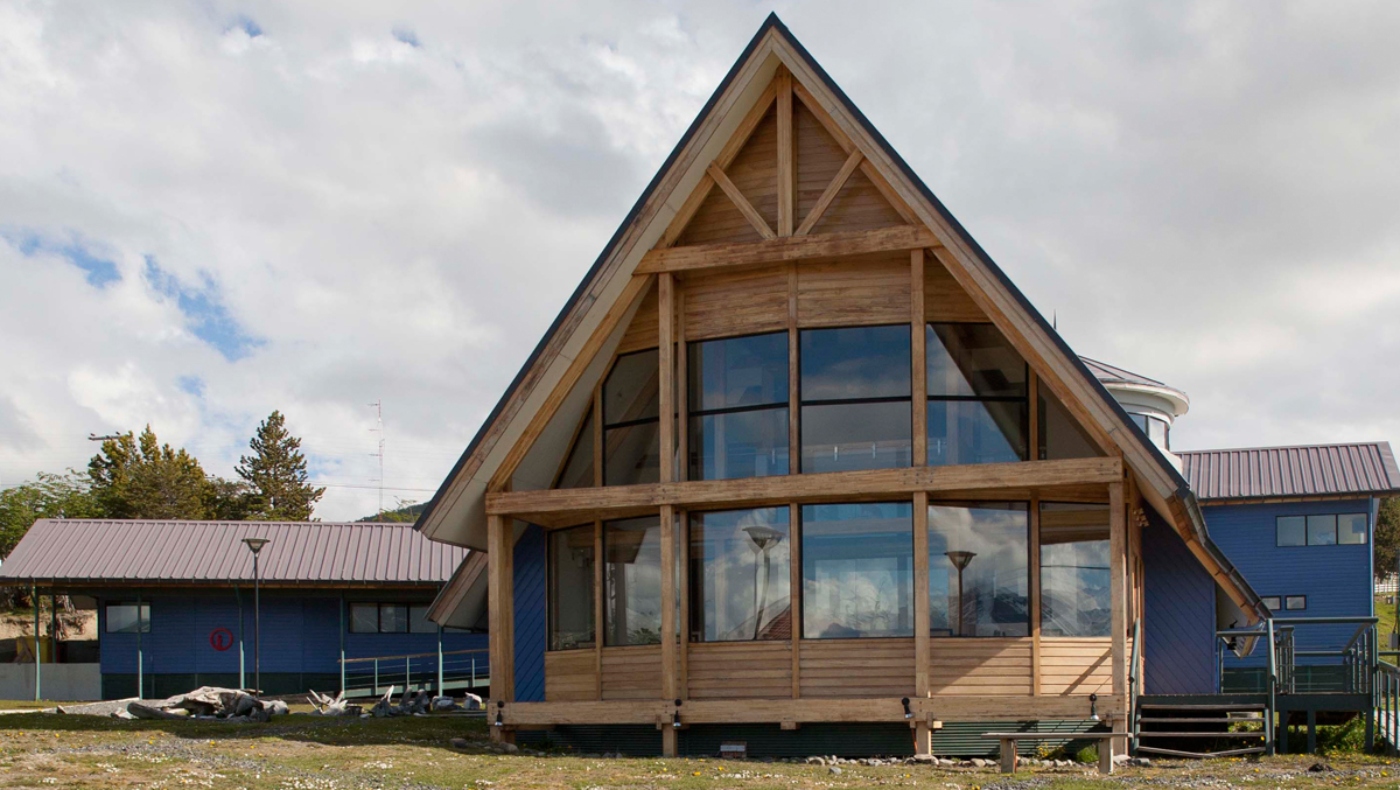
For hundreds of years, Tierra del Fuego was inhabited by the Selknam or Onas, the Yamana or Yaghan, and the Alacalufe or Kawésqar, totaling between 10,000 and 12,000 people prior to colonization.
Founded in 1974, the Martin Gusinde Archaeological Museum located on Navarino Island invites you to learn about the first inhabitants of the area and the cultural and natural heritage of the Tierra del Fuego archipelago and Cape Horn.
The Martín Gusinde Museum is one of the best in Chile, and it welcomes visitors with three fascinating collections (archaeological, historical and ethnographic) to better understand the hidden treasures of these lands and get to know its people and its culture.


















